Herzenschein
Just a stern but friendly rabbit furry working as a technical writer, learning germanic languages, gaming on Linux, interested in social psychology, fandom studies, locked-room mysteries and programming. Cis, gay, kinky, pm-friendly, single.
- 9 Posts
- 26 Comments
I’d be curious to see a blog post in the future mentioning the challenges you might have faced making the dock work on Wayland, and what was needed for that.
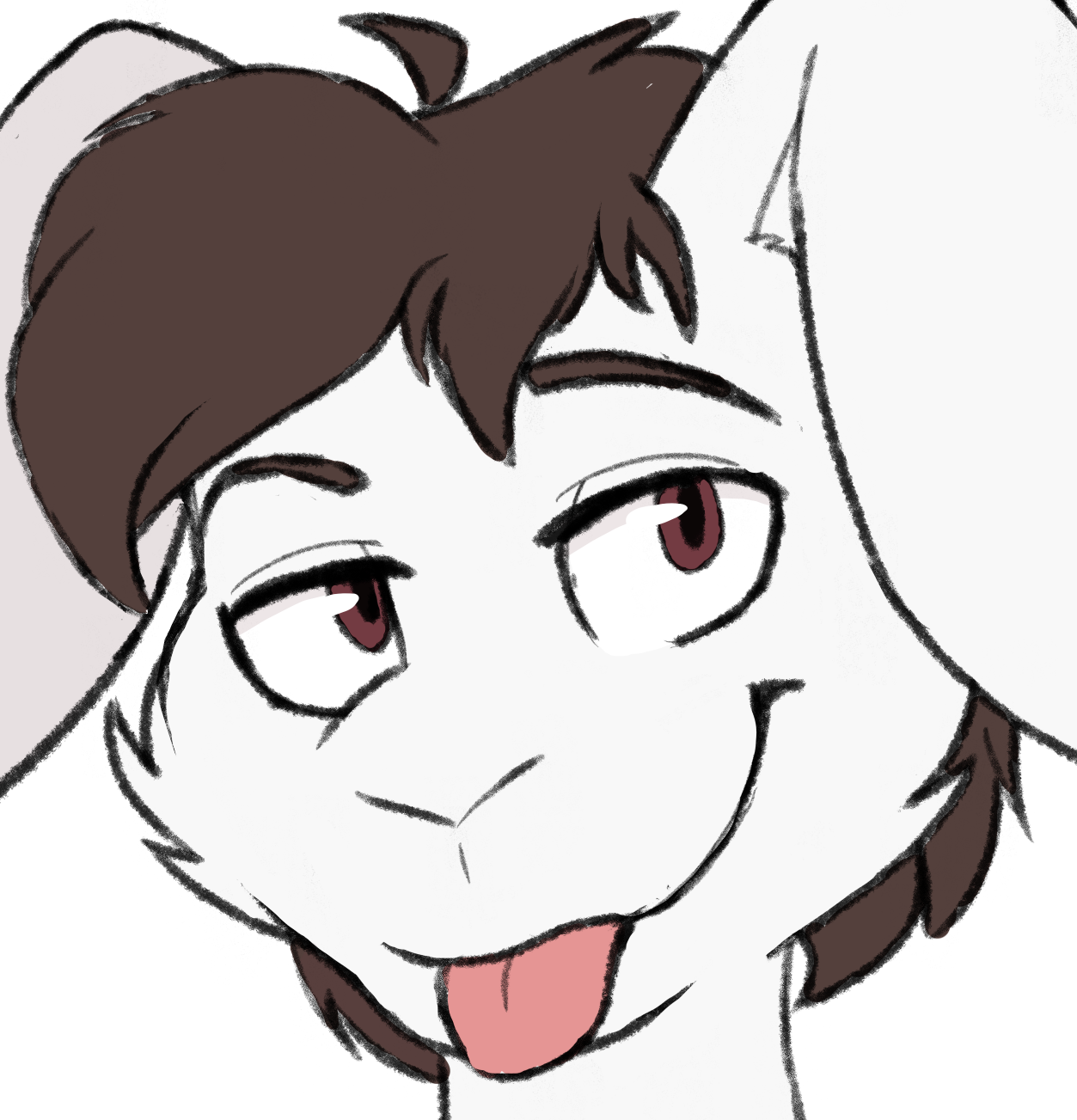
 1·2 months ago
1·2 months agoWhen you search using the Starred filter, usually you get the main project at the top since that’s the one with the most stars.
I added a KRunner web shortcut for this that automatically searches using that filter: https://rabbitictranslator.com/kfluff-web-shortcuts/
Looks like an old bug with kscreen that could cause two screens to merge together and would be worked around exactly the same way you did. I used to have that whenever a blackout happened, but only with Plasma 5, and often on X11.

 3·2 months ago
3·2 months agoWhat’s used under the hood for this is udisks, the same thing used by other file managers to achieve mounting capabilities. It allows you to mount devices without needing to mess with something cryptic and archaic like fstab and doesn’t require root.
You can always keep using fstab of course since it works, but in that case you probably also want to use fstab systemd integration.
The KDE auto mount never worked on plasma 6
Please report your issues on https://bugs.kde.org so they can actually get fixed!
 2·4 months ago
2·4 months agoI think I started with C#, went to C, then (pre-ES6) JS, Python, then Perl, then C++.
I didn’t get much interest or progress in most of them. C# was somewhat interesting because I could make actual windows, and Perl just has a lot of interesting text-geared concepts and was created by a linguist (my background is in language and literature, not in any IT field). Perl is still delightful to learn, though I’d go with Raku (Perl 6) now.
The only language I really learned properly and use the most is C++, especially with Qt, as my true interest is GUI programming. I was never into raw algorithms and CLI programs.

 6·4 months ago
6·4 months agoEverything. It doesn’t accurately describe the issue (animation stutter when using an HDD or during heavy I/O) and it doesn’t mention the solution (put the cache folder in tmpfs), plus it obviously follows the traditional sensationalist tone used in clickbait.
The point is to be deliberately vague to bait people into watching it.

 3·5 months ago
3·5 months agoIt’s small enough that we actually don’t get many things to moderate either. I don’t think I’ve even done any mod action so far. :D
Welcome Linux furson :P

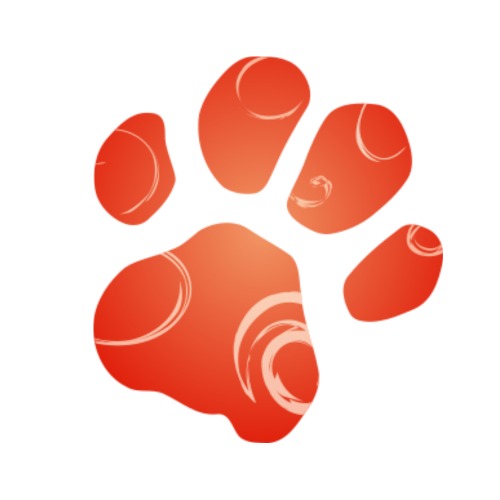 5·6 months ago
5·6 months agoFYI for whoever is reading this: it wasn’t just a theme, but a Global Theme: it can include a Plasma Style, a color scheme, an icon theme, a panel layout template, an SDDM theme, wallpapers and widgets. Widgets are capable of running arbitrary code, just like GNOME extensions.
Here’s the response article from one of our main developers: http://blog.davidedmundson.co.uk/blog/kde-store-content/
In the short term we need to communicate clearly what security expectations Plasma users should have for extensions they download into their desktops.
We need to improve the balance of accessing third party content that allows creators to share and have users to get this content easily, with enough speed-bumps and checks that everyone knows what risks are involved.
Longer term we need to progress on two avenues. We need to make sure we separate the “safe” content, where it is just metadata and content, from the “unsafe” content with scriptable content.
Then we can look at providing curation and auditing as part of the store process in combination with slowly improving sandbox support.

 1·7 months ago
1·7 months agoWe’re always open to doc contributions. Interested in any particular areas? 🐰

 3·7 months ago
3·7 months agoHeh, I was expecting it to run on Wayland and I was not disappointed. Nice.

 3·8 months ago
3·8 months agoWhat’s the best or recommended way to test out Plasma 6 RC2?
See also: https://community.kde.org/Plasma/Plasma_6#How_to_use/test_it
 1·8 months ago
1·8 months agoHey there, I’m Herzenschein. I had no formal education in IT, I’m a translator originally. I work with software documentation involving open source Qt apps now, so I get to read quite a bit of C++ code. I get pretty hyped at modern C++ features, and I dabble a bit in Perl and Python.

 2·8 months ago
2·8 months agowithout the need of the moc
I got a bit of a mind freeze reading that sentence since my first thought was “why would someone deliberately give up on Qt’s reflection system” but only then realized they’re still using QMetaObject (the thing that actually enables reflection and signals and slots), just building it with something else.

 2·9 months ago
2·9 months agoAfaik the reason why they’re not using GitLab issues it’s missing some features they need, which Bugzilla has.
Yeah.
https://community.kde.org/Get_Involved/Issue_Reporting/Why_not_GitLab_Issues
This was shared recently by a friend I follow: https://mastodon.social/@silvereagle/111484800732591545
Direct link: https://www.sofurry.com/forum/view/thread?id=58457&page=100000
That link has a few mentions of podcasts:
- 24/7 Chill Furry Lo-fi Radio https://www.youtube.com/@AquariusCrystalwave/streams
- Furry Refuge (Old streams) https://www.youtube.com/@furryrefuge3969/streams
- Catnip Radio https://www.mixcloud.com/CatnipRadio/stream/
- Furry Rave Crew https://www.mixcloud.com/FURRYRAVECREW/

 2·11 months ago
2·11 months agoAlso, you should only use Layout attached properties when the object you’re using it on is a child of a Layout, for example:
ApplicationWindow { ColumnLayout { anchors.fill: parent // Not a child of a layout, so you use anchors Controls.Button { Layout.fillWidth: true // It's a child of a layout, so you use Layout.fillWidth } } }

 4·11 months ago
4·11 months agoSo what you want to do is put a Kirigami.SearchField inside the global toolbar created by the Kirigami.Page. It’s not a header.
In the first case you’re putting it inside the page, and because it’s a direct child of a Kirigami.Page, it is automatically laid out for you, which is fine, but not what you want.
In the second case you’re putting it in the header of the ApplicationWindow, but you actually want to put in the global toolbar of the page, so it’s not what you want.
In the third case you’re just putting a SearchField before the initialPage, so it’s loaded on the same level as the page, it’s not what you want.
You can put it in the header property of the Kirigami.Page, but the header area of the page doesn’t include the global toolbar, so they just happen to be close together by chance.
The way I’d have expected to do that would be to override the globalToolBarItem of the Kirigami.Page, but it’s read only, so I don’t really know how to help you with that. You should ask in the Kirigami Matrix room or in the Discuss forum.
I can’t tell you why this is happening, but what is clearly happening is that your apps are being run under a nested kwin_wayland instance. It’s as though you were running
kwin_wayland krunner.If anyone’s wondering, my main issue with Wayland was that it wasn’t setting the DISPLAY and WAYLAND_DISPLAY environment variables for some reason, and this would cause all kinds of software like Steam and Firefox to not even launch. I tried setting them manually but that didn’t go do well either.
My guess is that whatever fix you attempted here caused this, so you’d need to be more specific about what you tried.

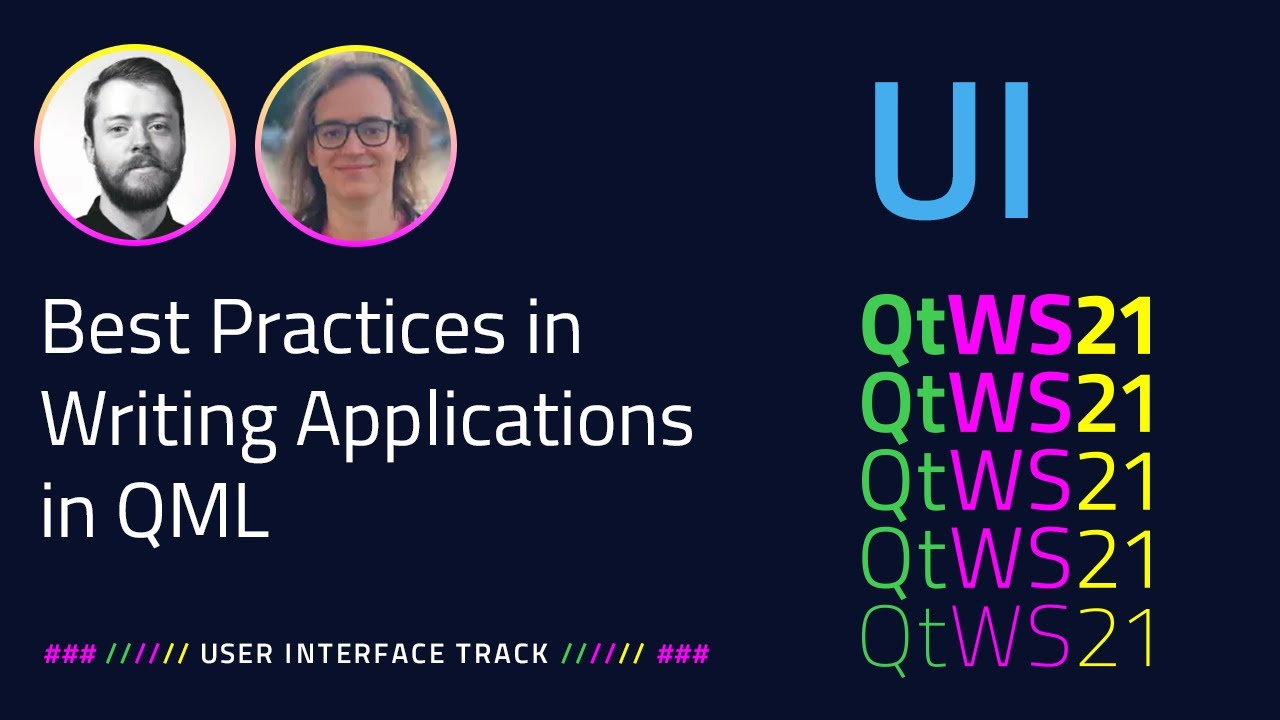
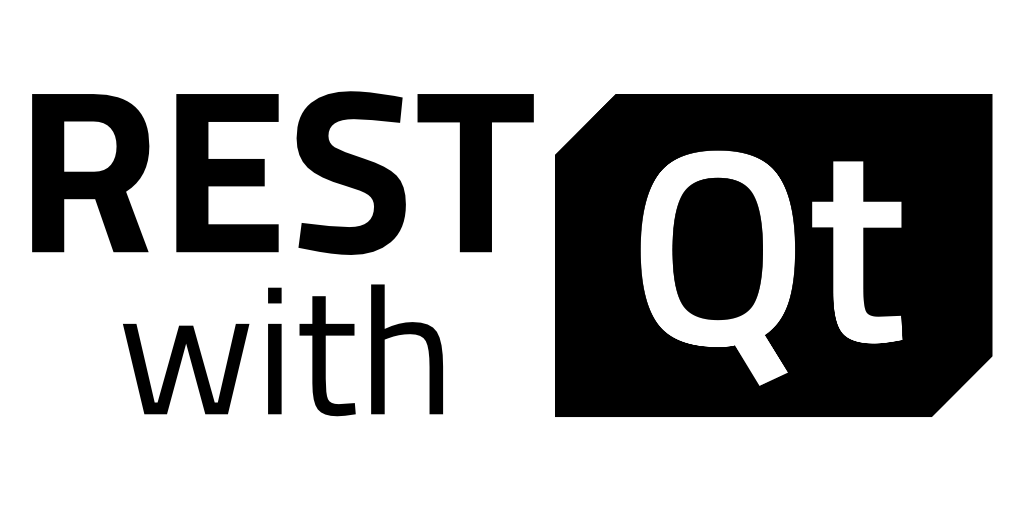
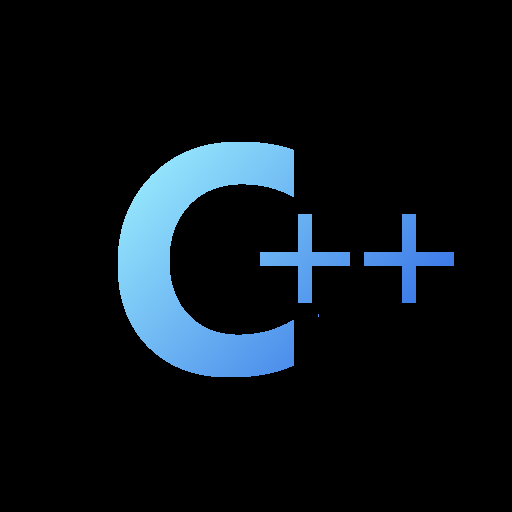
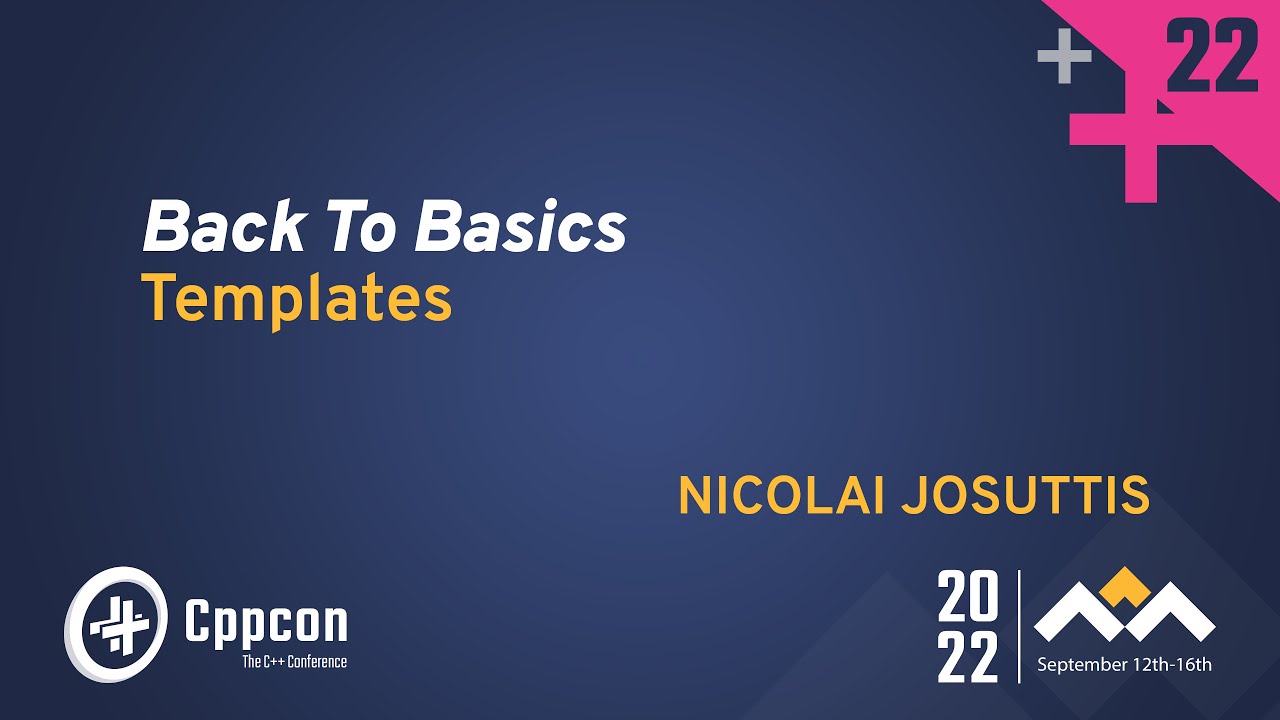

A small correction:
Kirigami is QML all the way, it doesn’t need bindings since you’d be writing in QML either way. The Python part is about the actual business logic. :)